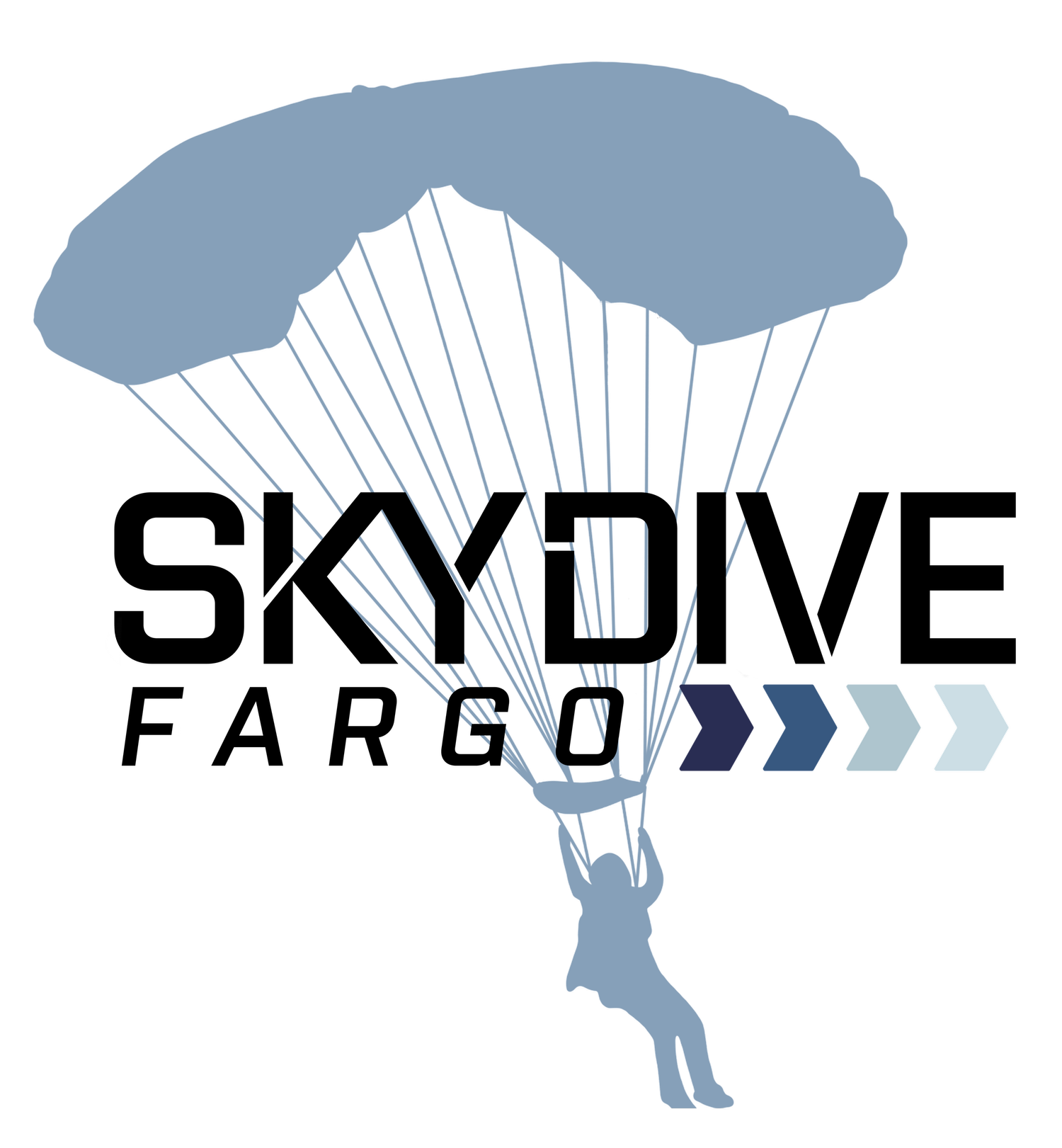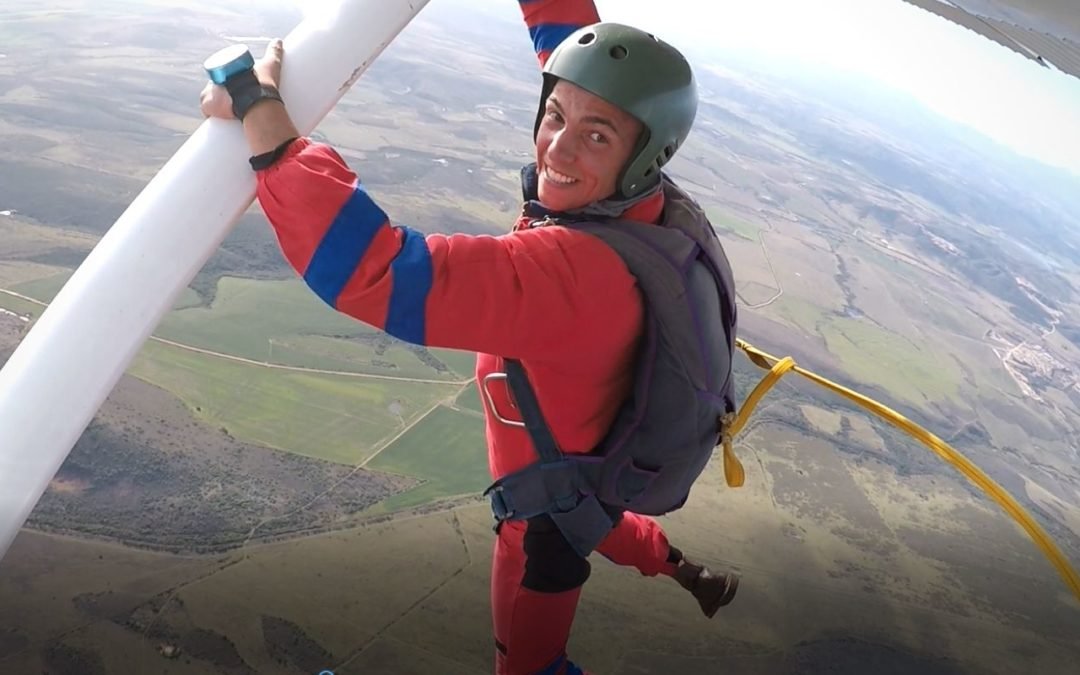Static Line Student Skydiving
About Static Line Training
Our USPA Learn To Skydive Course is the first step of your skydive. A combination of classroom training, physical training, practice, and a complete rehearsal of your jump while still on the ground will prepare you for your skydive. After training, with the supervision and assistance of your instructor, you will gear up (put on your parachute and other equipment), board our airplane and after a flight to altitude make your first skydive. Your first Skydive will be a solo static-line jump from 3500’ above the ground. Once cleared to exit the aircraft by your instructor, you will climb out of the airplane and let go. A 10’ long static line will then deploy your parachute. You will fly the parachute, having been fully trained, but also wearing a radio for one of us to guide and assist you with flight and landing. After landing, your instructor will spend time with you reviewing your skydive. If you love this sport as much as we do and want to continue on, keep reading, as our program for you to get licensed is below, but whether you want to make 1 jump or 100, you will always remember this accomplishment and it will always bring a smile to your face.
Please see the Calendar Page for course dates and times and then schedule your course by using the “Book My Skydive” button below.
Working towards your skydiving license
Static-Line is the oldest training method for skydiving. We use the USPA student advancement program. There are 8 categories and each category involves 2-4 skydives. Becoming an A licensed Skydiver requires a minimum of 25 jumps. The first jumps will be static-line, to allow you to get comfortable leaving the airplane and to allow practice for self-deployment. On succeeding jumps you will deploy your own parachute. By now, you will also fly and land without radio assistance. From here, you will go to higher and higher altitudes and you develop a wide range of freefall skills. Most students jump from full altitude (12,000’) by a dozen or so jumps.
Static-Line Jump Progression Outline
Category A Arch, Stability, and Altitude Awareness
Category B Practice Pilot-Chute Deployments and Relaxation
Category C First Non Static-Line Clear and Pull, then 10-Second Delays
Category D Turns: 90, 180, and 360 Degrees
Category E Disorientating Maneuvers / Aerobatics
Category F Tracking (Forward Movement)
Category G Docking
Category H Group Freefall Skills
Restrictions
Student weight is restricted to 235 lbs. maximum.
All skydivers must be 18 years of age or older.

